|
The pandemic has made it hard for many businesses, and sashiko is no exception. When I went to see the travelling Hida Sashiko exhibition recently, I heard that the Takayama-based Hida Sashiko company, too, was struggling. With domestic travel limited, not to mention the states of emergency, business hours are shortened and there is not enough work for staff. Travelling exhibitions like this are an important method of selling their range of sashiko clothing, hangings and bags etc., but the cancellation of many regular dates, such as at department stores, have also hit hard. I’m glad the Yokose Gallery, where I saw the exhibition, was open for business as usual. I have written about my visits to this exhibition before. This is where I discovered the Hida Sashiko Notebook, which continues to be a valuable reference source for me. This year, Notebook in hand, I went looking for examples of patterns from it in the exhibition. This wall hanging yielded several to check off the list straight away. Below are close ups of six patterns from the Notebook This hanging made from old fabric is stitched with diamond blue wave (hishi seigaiha), which creates the impression of waters more turbulent than the round blue wave pattern. On another wall hanging I found circular seven treasures (maru shippo). The overlapping point of four circles creates another small circle. Circles represent harmony and this pattern has come to be associated with good fortune. The seven treasures--gold, silver, lapis lazuli, crystal, agate, coral and clams--comes from Buddhism. This entrance curtain is worked with Japanese cypress (higaki) pattern, a geometric stylization of the interleaved cypress panels used on ceilings, fencing and wainscotting. This bag incorporates a pattern based on the wooden counting rods (sankuzushi) of a tool once used for Japanese-style calculations and divinations. Another paneled wall hanging netted a few more patterns. Sayagata, which I have seen variously translated as key fret, saya pattern, saya brocade, is based on the a diagonal version of the swastika pattern, and which was often seen on Chinese brocade. Rising steam (tatewaku) is self explanatory I think. Of the 29 patterns in the Hida Notebook, I managed to find twelve, but there were probably more tucked away amongst the many hangings, bags, coats and other items on display. To finish, here are a couple of my favourite pieces. The first is a hanten, a traditional warm jacket with a glorious selection of patterns, and the other is an example of long jacket with a pattern called donza which is based on seaweed and originated on the small fishing island of Tobishima in the Japan Sea. The items in the exhibition are not for sale online, but sashiko kits and supplies are available at the online shop.
4 Comments
When I visited the Hida Sashiko exhibition last year I purchased a small book called Hida Sashiko no Techo (The Hida Sashiko Notebook, by Reiko Futatuya, first released in 1978, reprinted 2013, published by Hida Sashiko), as I always do whenever I come across a book about sashiko that’s not in my collection. Every book has its own appeal, and I never tire of looking through my collection and taking in the variety of sashiko styles and applications. Anyway, by today’s standards this book is very simple; thirty three pages in mostly black and white, and basically just a reference for patterns, but in 1978 when it was first published I doubt there were many books about sashiko available, so I am sure it would have been a valuable resource. (Still is, actually. I found it referred to less than a year ago on this blog, which is written in Japanese, but the photographs are lovely.) As with most such books there is a general description of sashiko’s roots in reusing and reinforcing cloth, but I liked the concrete examples given; for example stitching the tabi (socks) worn by the boatmen transporting lumber down the river to make the sole non-slip in the water; or stitching a chrysanthemum motif in the in the corner of a furoshiki (wrapping cloth) to prevent knots coming undone. There’s a brief discussion of cloth (hemp, cotton and silk), thread and needles, and tools with the general advice of choosing the thread and needles to suit your purpose. All in all there are twenty-eight designs introduced, which the author says are a sample of those most commonly used in Hida, and are a mixture of hitomezashi (one stitch), and moyozashi (pattern sashiko). Each design has a simple explanation of the name, composition and roots, and shows the dimensions on graph paper so that the patterns can be reproduced and adapted. Most of the patterns were familiar, as I had seen them before in various forms in other sashiko books, but I did find a couple that were completely new to me. One was Roku Yata goshi (Roku Yata lattice), so-called because it was used on the costume of a popular kabuki actor in the early 19th century when he played the role of a samurai called Roku Yata, and the pattern became hugely fashionable. Another was Yoshiwara tsunagi, (linked Yoshiwara) a series of linked octagons, which I have seen printed on towels and clothing but never as sashiko. According to this book it is often used for actors and dancers stage costumes. Further research led me to discover that it was used on the curtains of teahouses in the red-light Yoshiwara district in Edo, hence the name Yoshiwara. For some reason this design struck a chord in me; I love the suggestion of strength and complexity, in a compact simple line – and felt compelled to make something with it, so I stitched it onto the back of my jeans jacket. When Reiko Futatuya wrote that she hoped these patterns would be used for new fabrics and purposes, I don’t expect she imagined this! |
Watts SashikoI love sashiko. I love its simplicity and complexity, I love looking at it, doing it, reading about it, and talking about it. Archives
September 2022
Categories
All
Sign up for the newsletter:
|

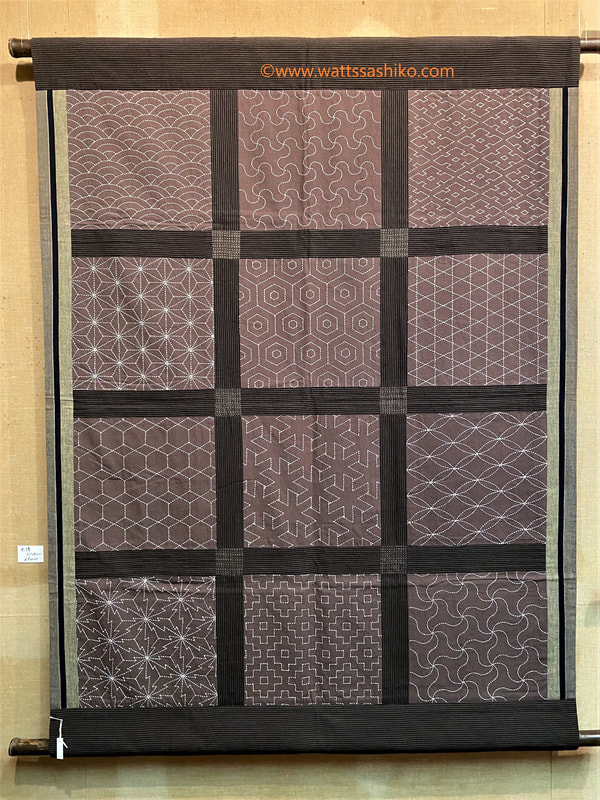
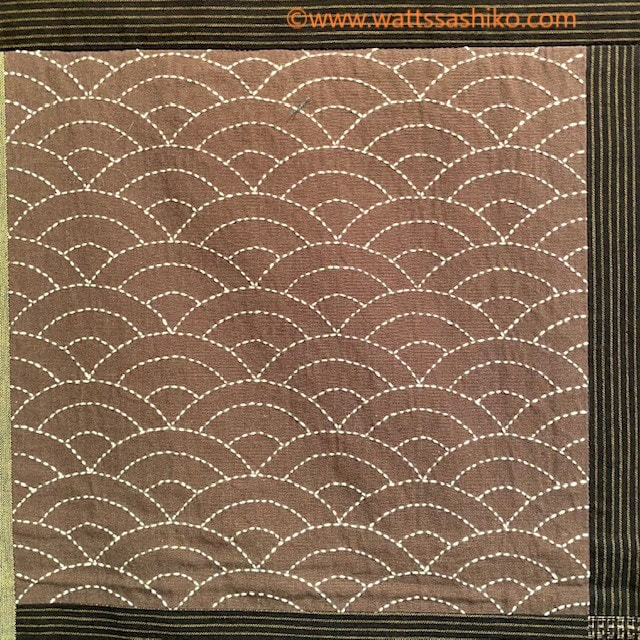
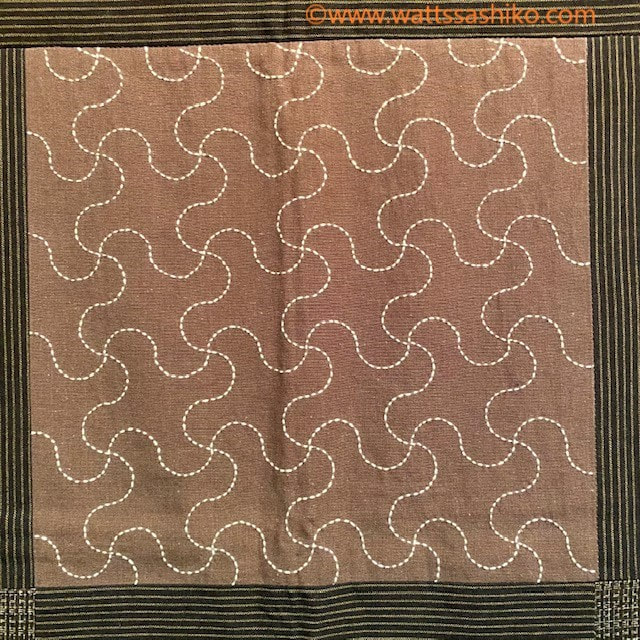
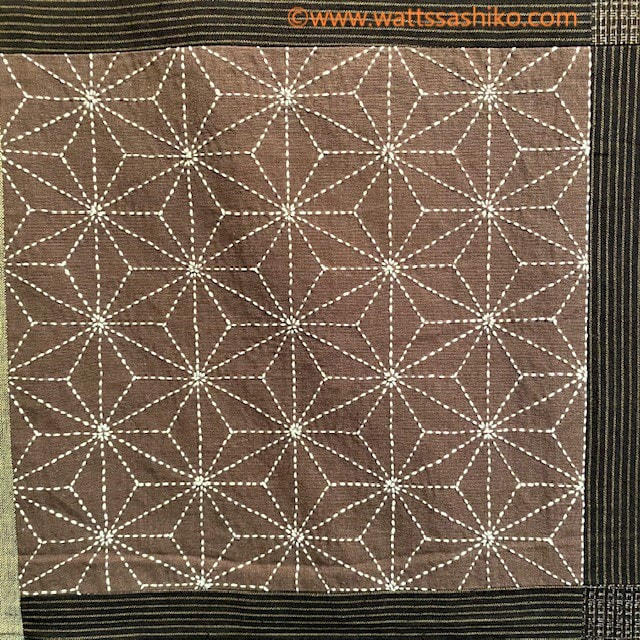
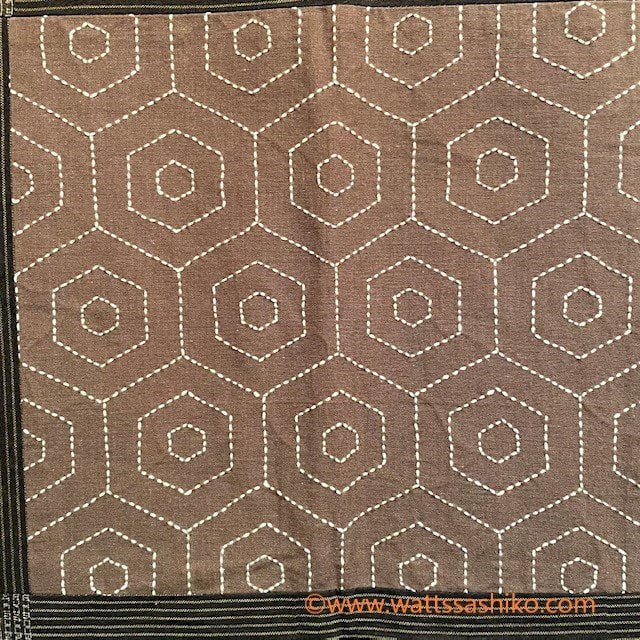
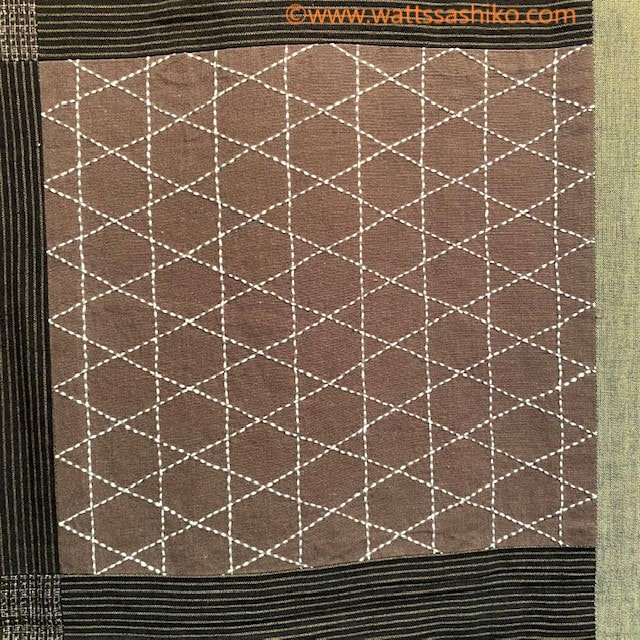
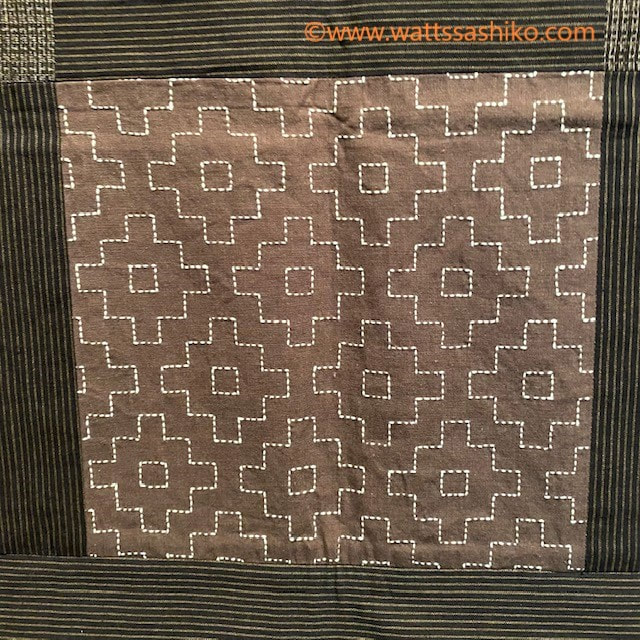
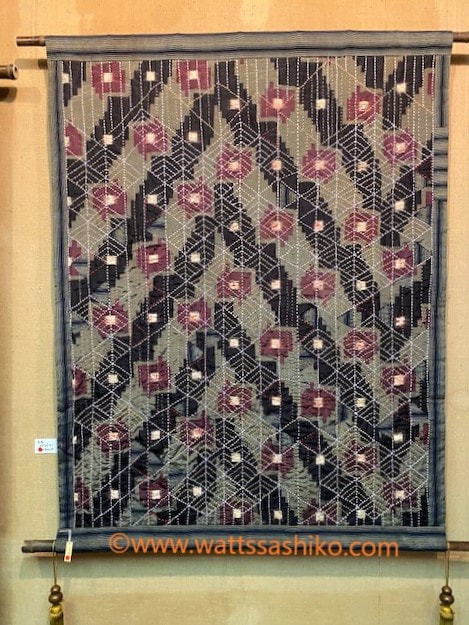
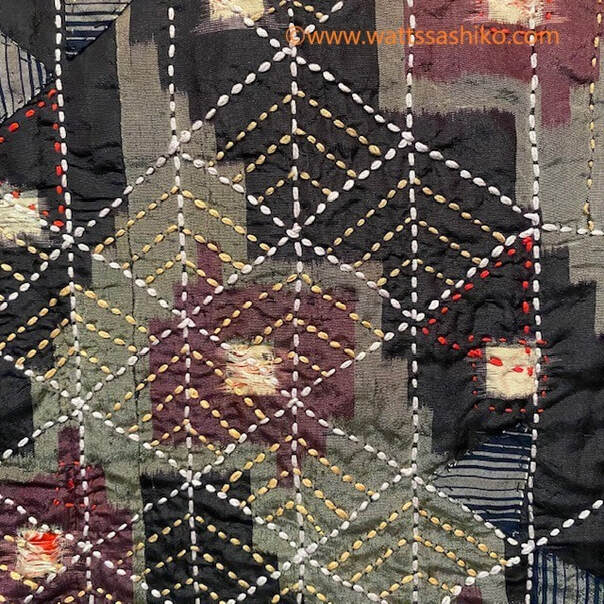
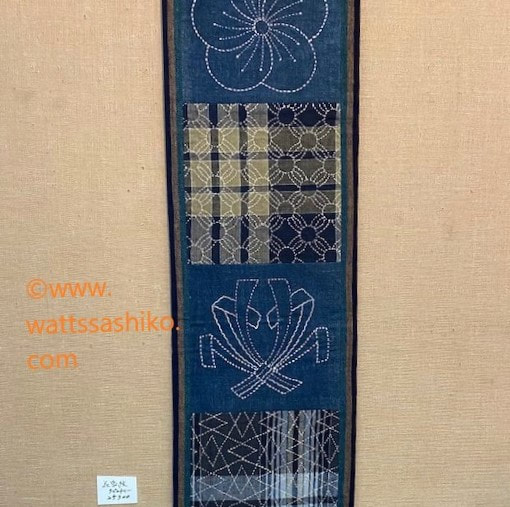
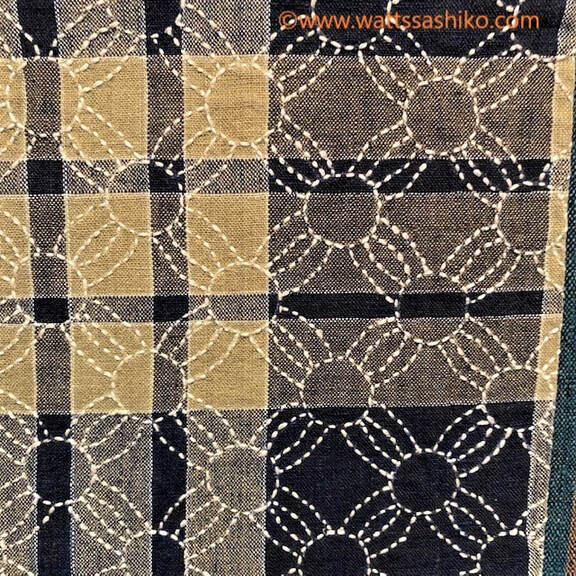
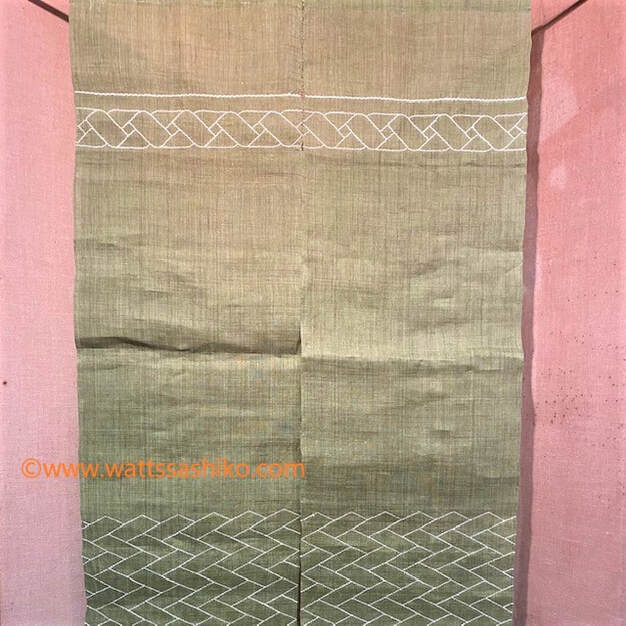
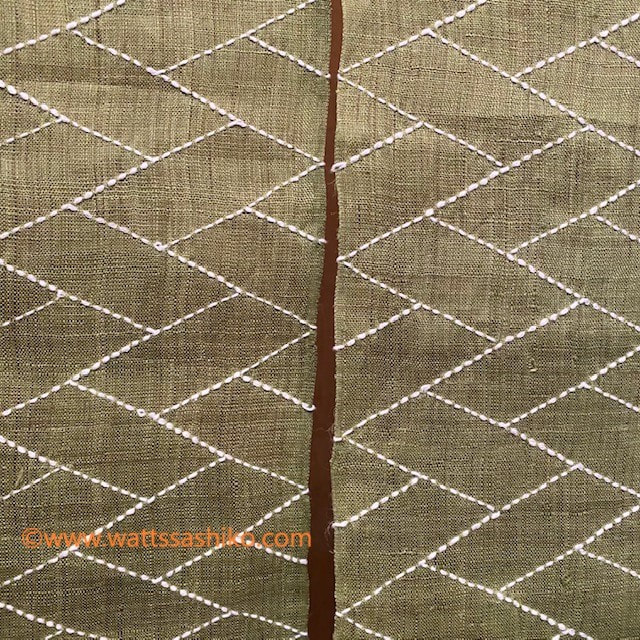
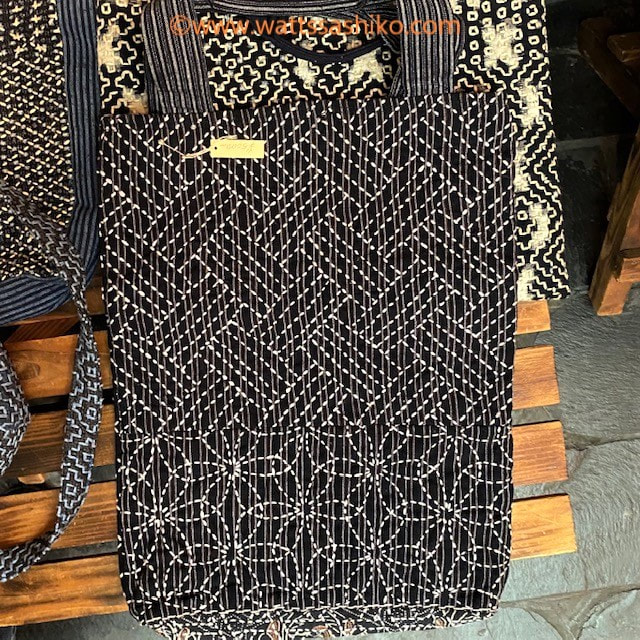
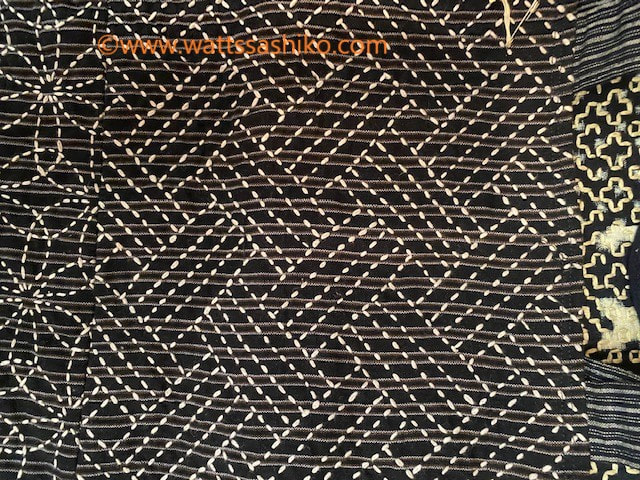
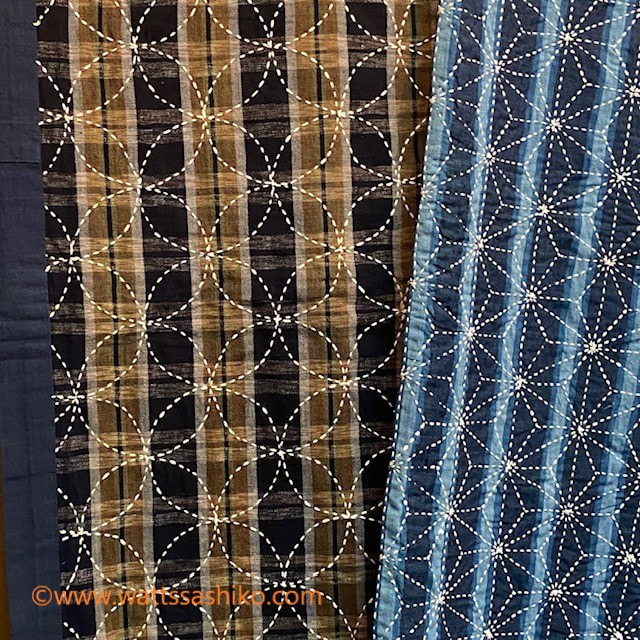
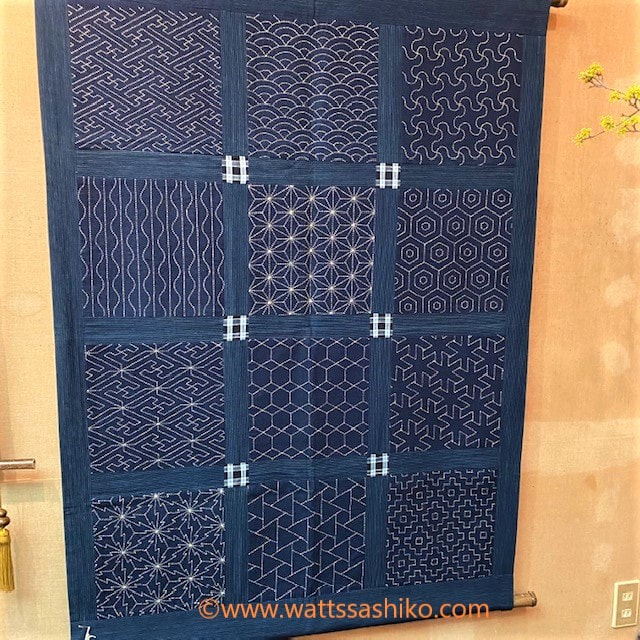
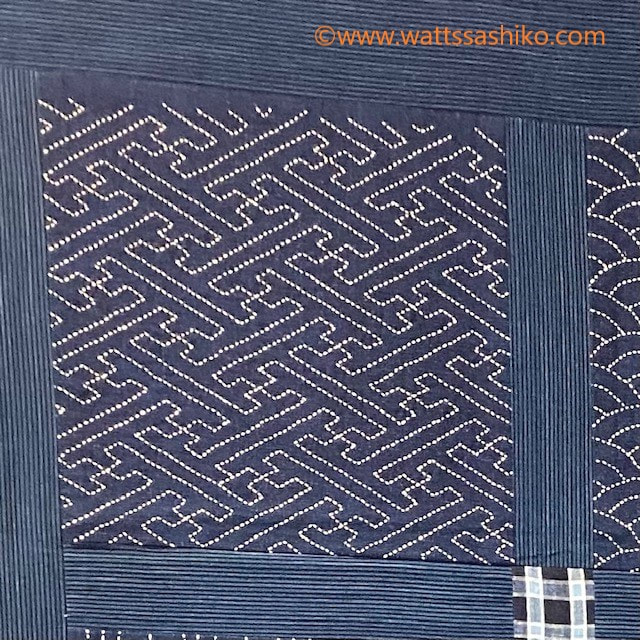
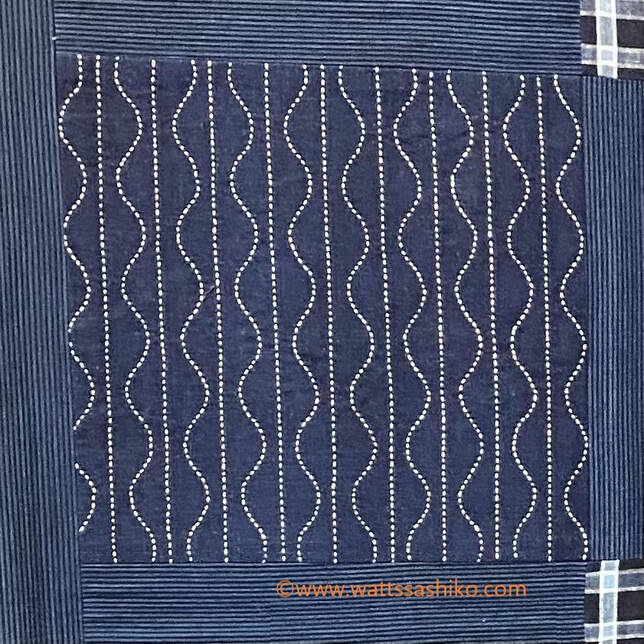
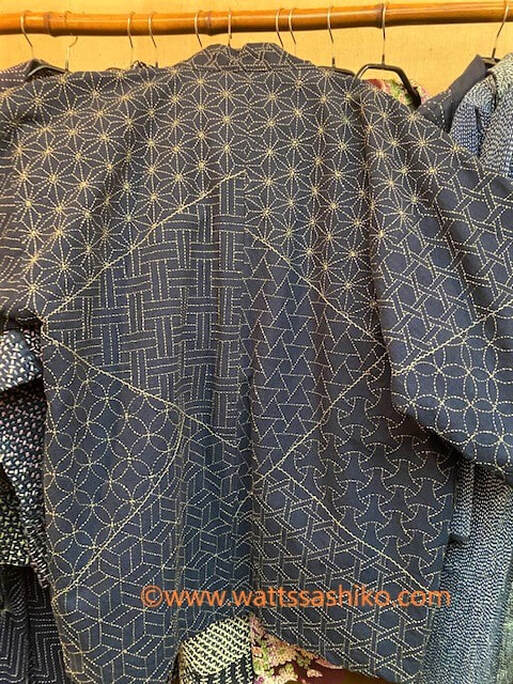
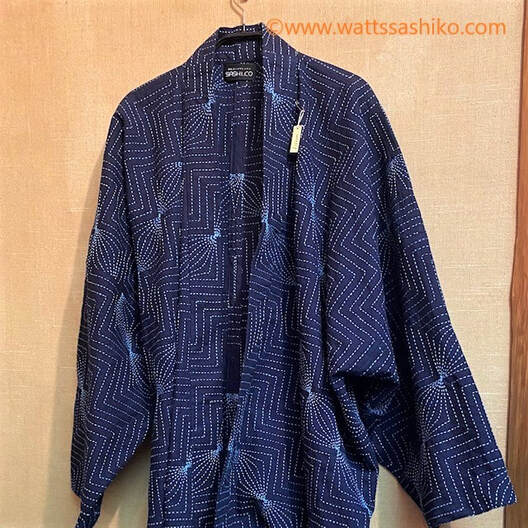
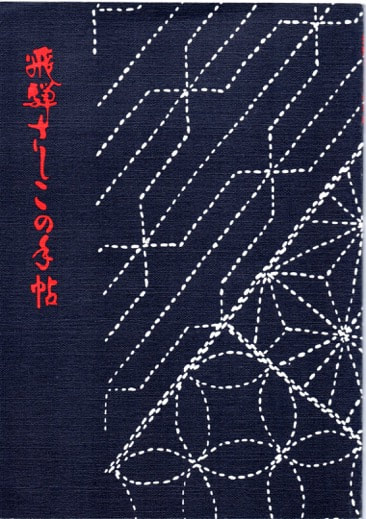

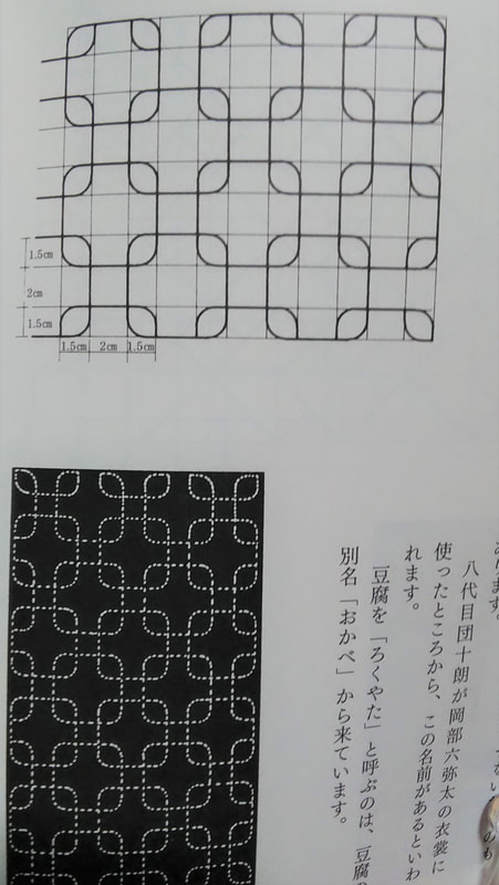
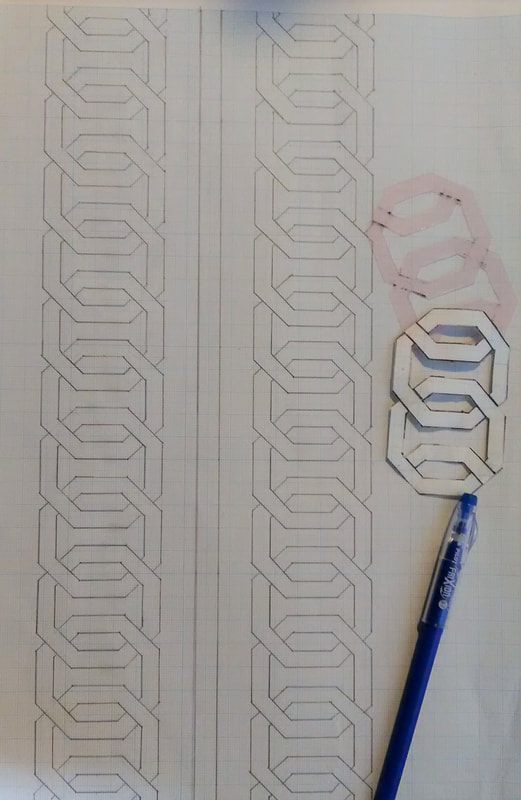
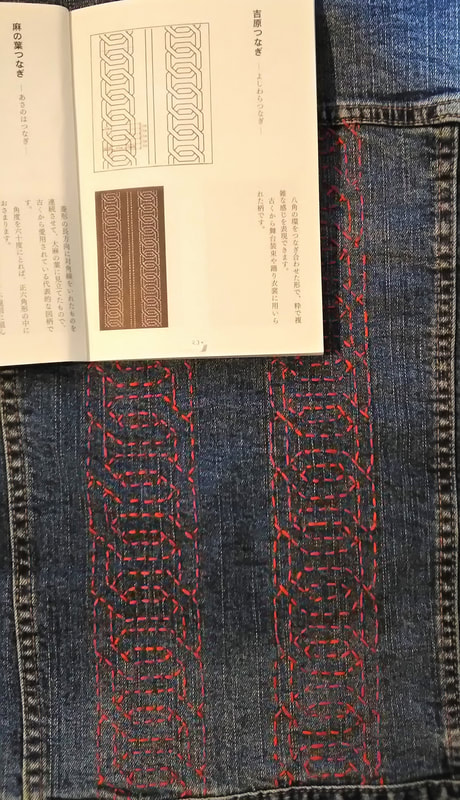
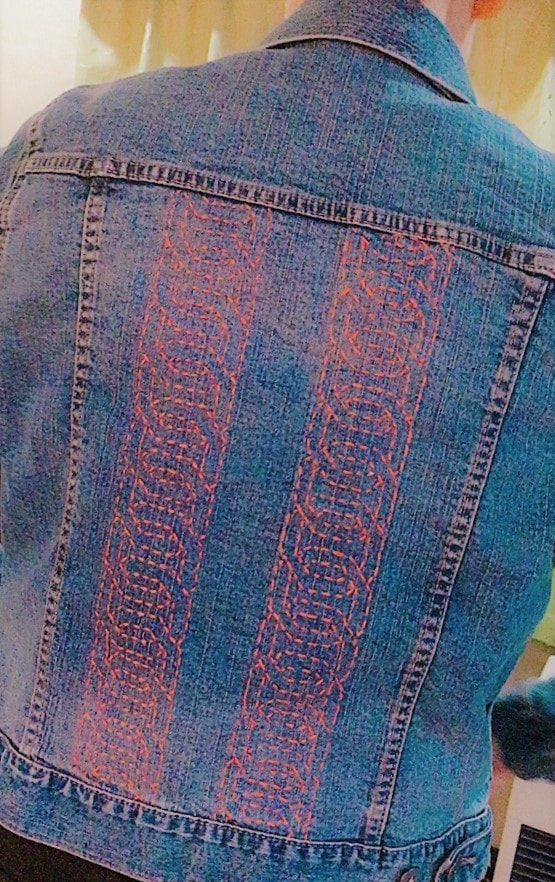
 RSS Feed
RSS Feed



